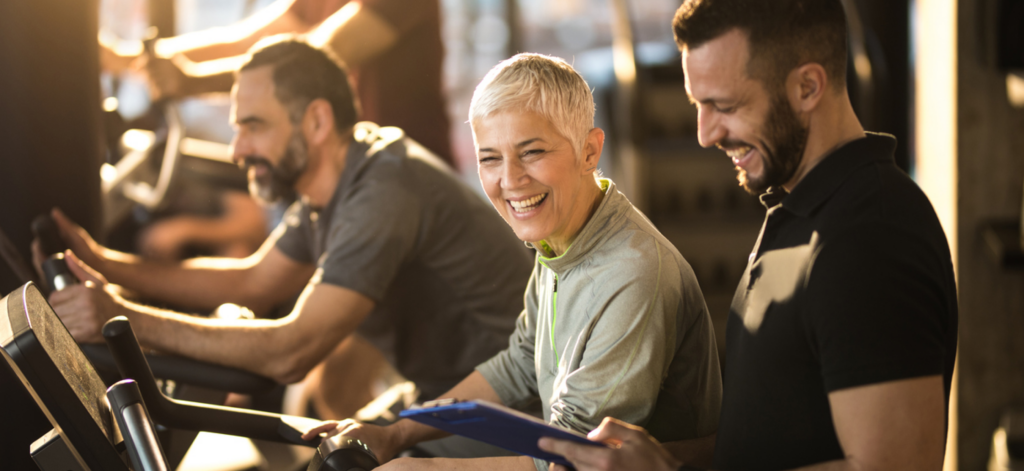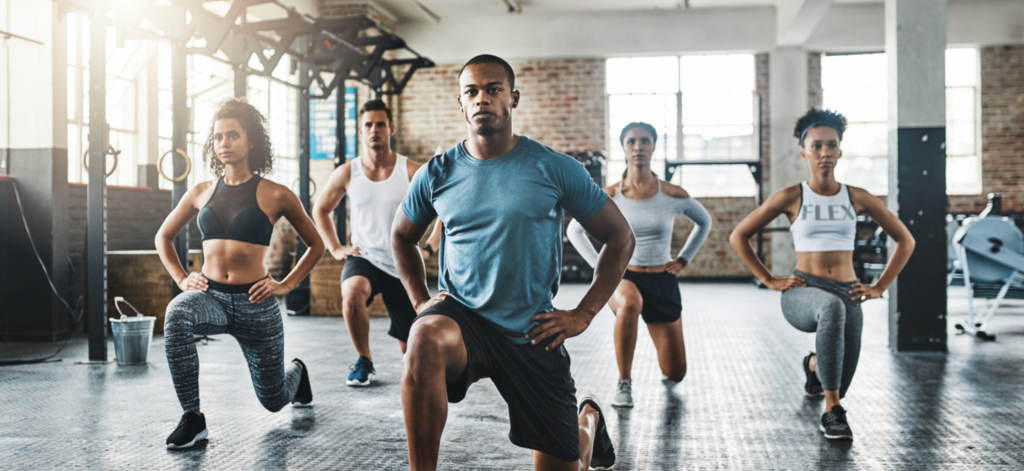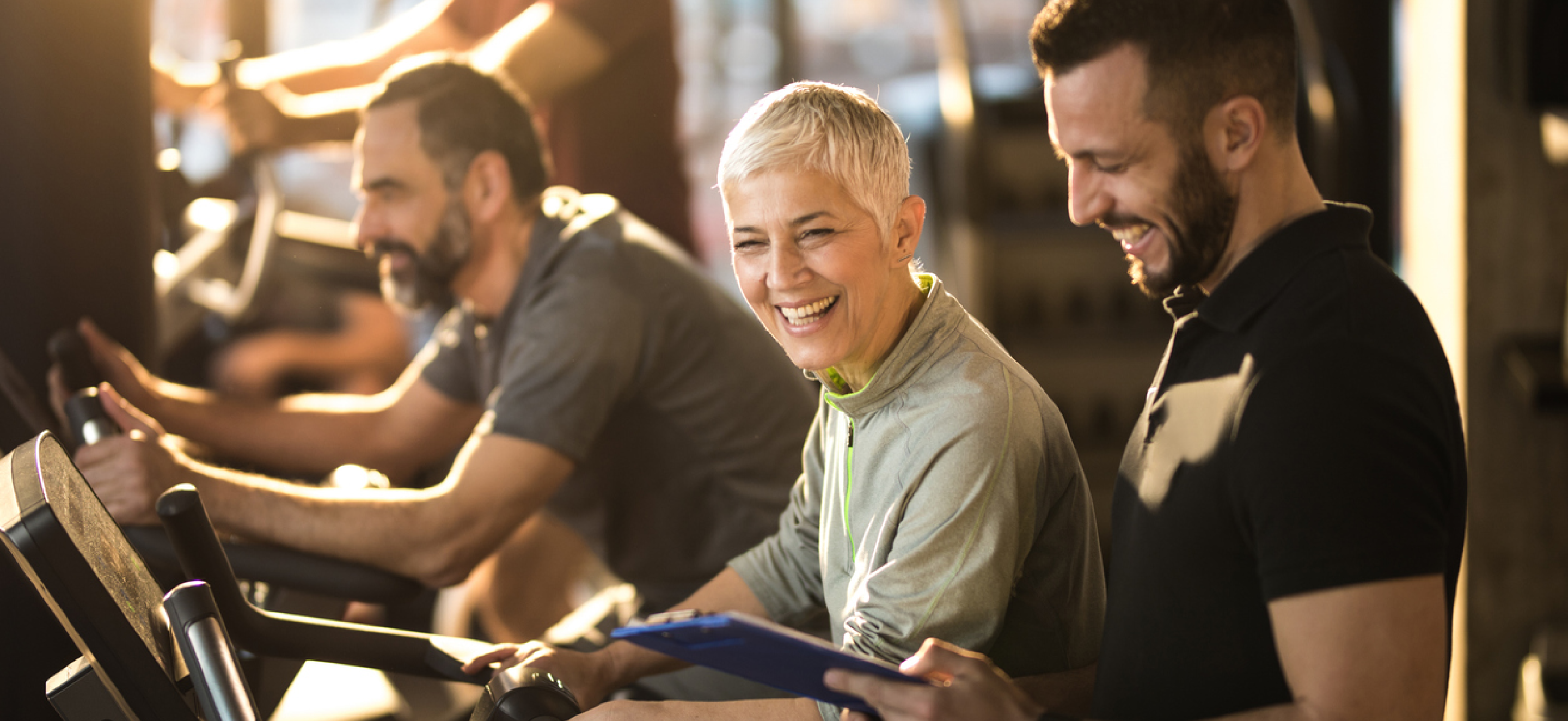Personal trainers, as guardians of fitness narratives, wield significant influence over the well-being and aspirations of their clients. In an increasingly diverse world, the importance of adept cross-cultural communication cannot be overstated. This guide is crafted for personal trainers keen on enhancing their intercultural competency, recognizing and overcoming implicit biases, and fostering inclusive training environments.

Supporting a United Fitness Industry
Imagine a gym where trainers engage personally, physically, and culturally with their clients. Each interaction represents not just a workout, but an exchange of experiences, worldviews, and languages. For the modern fitness professional, this vision is not a choice but a necessity.
Cross-cultural communication in the fitness domain refers to the ability to interact effectively with clients from different cultural backgrounds. It is not merely about avoiding faux pas, but about creating an environment where individuals feel not just tolerated, but genuinely understood and welcomed. This is where your words hold the power not only to instruct but to inspire, resonate, and uplift.
Understanding Diversity
Before you can effectively communicate with individuals from various cultural groups, you must comprehend the depth and breadth of what ‘cultural diversity’ entails.
Culture encompasses more than nationality or ethnicity—it incorporates shared values, beliefs, attitudes, and societal norms that dictate interpersonal interactions. As a fitness professional, you may encounter clients from different age groups, social classes, educational backgrounds, genders, religious affiliations, and sexual orientations, each influencing their fitness goals, expectations, and understandings of health and wellness.
Breaking Down Barriers
Several hurdles can impede successful cross-cultural communication, from language barriers to misunderstandings of social cues. In the training context, misinterpretation can lead to ineffective coaching, unsuitable exercise recommendations, or misaligned fitness goals.
One significant barrier is ethnocentrism, the evaluation of other cultures according to preconceptions based on the standards and customs of one’s own culture. Shedding ethnocentric lenses is a critical step toward respecting and valuing diverse perspectives.
Another barrier is stereotyping, often rooted in implicit biases. These subconscious prejudices can lead to unfair treatment and limited opportunities for certain cultural groups, including the assumption that individuals from particular backgrounds may not be as dedicated to fitness or understand nutrition.
Navigating Implicit Bias
Implicit bias refers to attitudes or stereotypes affecting our understanding, actions, and decisions unconsciously. These biases, if left unchecked, can seep into your coaching practice, influencing your feedback, exercise selection, and even client rapport.
To recognize and address implicit bias, start by undertaking an honest self-assessment. Reflect on your beliefs, preferences, and any stereotypes you may hold. Engaging in diversity training and seeking feedback from peers or clients can help bring these biases to the surface.
Creating an Open Space
To cultivate a fair coaching approach, it’s essential to incorporate strategies that have you navigating the waters with an awareness of your implicit biases. Actively monitor your reactions and decisions during client interactions, ensuring that they are based on individual merit and not group associations.
Encouraging open dialogue with your clients about their experiences and fitness journeys, irrespective of cultural backgrounds, can also help you become more attuned to your biases. Remember, your role is not just to teach and motivate but also to listen and learn.
What You Say Matters
Language is the fabric that weaves the environment of your training sessions. The words you use have significant influence on the inclusivity you project.
Inclusive language implies conscious communication that does not marginalize any person or group, acknowledging that our language can be a powerful tool for constructive interaction. It includes using terms that are gender-neutral and recognizing the impact of historical and social connotations of words.
When selecting linguistic hues, opt for a palette that reflects respect and recognition. Avoid gendered pronouns where possible, use terms that encompass all body types, and be sensitive to cultural taboos or sensitivities. Phrases that celebrate diversity and individuality can inject positivity and inclusive values into your sessions.
Consider the following examples:
- Instead of saying “Lose those love handles”, use “Build a stronger core.”
- Rather than “Bikini body workout”, try “Get fit for the summer.”
- Substitute “His” and “hers” with “theirs” for exercises, etc.
The impact of these linguistic adjustments can create an atmosphere where no one feels excluded or unseen.
Strategies for Embracing Different Cultures
Cultural competence is the ability to understand, communicate, and effectively interact with people across cultures, and it is a lifelong pursuit for any fitness professional.
- Begin by immersing yourselves in the cultural practices and perspectives of your clients. This might involve reading, attending cultural events, or learning about the traditional foods and exercise customs of the different communities that your clients are a part of.
- Adapt your coaching style to the cultural preferences of your clients. Some may respond well to a more direct and assertive approach, while others might favor a gentler, more collaborative coaching method.
- Be flexible and open to learning. Even within a single culture, there are vast nuances and differences. Stay curious and patient, asking questions and remaining open to feedback.
Finding Shared Values
Although understanding and respecting differences is crucial, finding common ground is equally important. Shared aspirations for health and fitness can be the point of engagement that transcends cultural divides and forges strong, meaningful relationships.

The Training Continues
This guide is just the start for personal trainers seeking to enhance their cross-cultural communication skills. The terrain is vast and varied, but the path is clear cultivating an environment of respect, understanding, and cross-cultural sensitivity is as essential to your role as demonstrating proper form or guiding a cardio circuit.
Implementing these strategies will enrich your clients’ experiences, inspire loyalty, and set the stage for success not just in fitness, but in fostering harmonious human connections. Through constant introspection, education, and the application of inclusive practices, personal trainers can truly become changemakers in the world of diversity and inclusion. We invite you to put these valuable strategies to the test, share your experiences with colleagues, and continue the conversation in your own fitness communities. To enhance your cross-cultural communication and streamline your coaching process, consider using an app for personal trainers.
Sign-Up for Our Newsletter

Author: TrueCoach
-
First published: April 22 2024
Written by: TrueCoach

